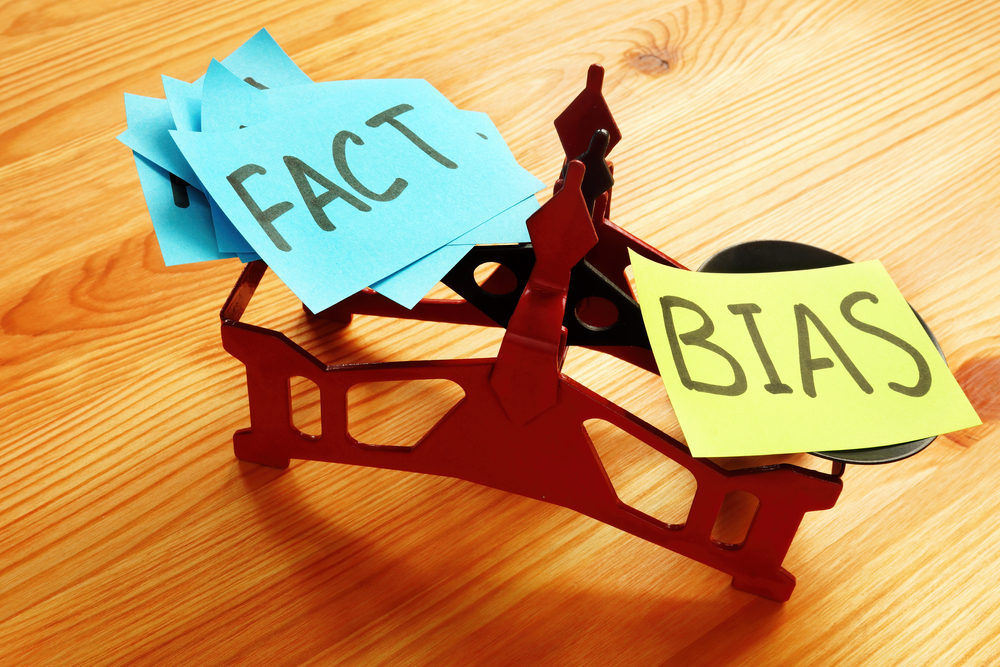The assassination attempt is the straw that breaks the camel’s back. The “gaslighting” is over. The rules for truth by legacy media are never examined for objectivity. We do not have the Inquisition in the United States; we have the legacy media.
One “fact-checker” measures truth by “Pinocchios.” There is a better way—hypothesis testing. Who better to know about hypothesis testing than a physician?
What if the facts about how Medicare is represented by two media outlets are tested? Hypothesis testing follows four rules:
1. Identify the truth: The truth is out there. Truth-telling has nine phases, each representing a specific duty that pertains to an ideal storyteller.
- The initiation phase: The duty to collect all the facts.
- The acceptance phase: The duty to accept a fact verifiable by objective evidence.
- The rejection phase: The duty to reject an artifact not verifiable by objective evidence.
- The attribution phase: The duty to source the facts.
- The external review phase: The duty to examine the motives of others to influence facts.
- The internal review phase: The duty to examine a personal motive to influence facts.
- The discrimination phase: The duty to distinguish an opinion from a fact. Opinions, even a consensus by authorities, are not facts.
- The equanimity phase: The duty not to contaminate a fact with emotion.
- The analysis phase: The duty to use facts, and only facts, to arrive at a conclusion.
2. State the subject matter: It is the actual storyteller’s version of reality. The subject matter contains the same facts, but some may be subtly misrepresented, just enough to satisfy the conclusion. The subject matter is divided into the same nine phases as they pertain to the actual storyteller.
3. The Test: Each phase of the subject matter is compared to its counterpart in the truth. The comparison measures the “relative risk” resulting from the misrepresentation of a fact by the actual storyteller.
- If there is no difference, the relative risk equals 1.0.
- If there is a difference, the relative risk is greater than 1.0. A relative risk greater than 1.0 is a Risk of Bias. For the sake of transparency, the assignments of Risk of Bias are documented for anyone to see and, if need be, to dispute.
A single sample of nine relative risks emerges representing each phase in the subject matter. Some are 1.0, and some are greater than 1.0. Because storytellers naturally tend to exaggerate a fact, producing a relative risk greater than 1.0, this discrepancy itself is not proof of a departure from the truth. Bias is intentional. For proof, the collective difference among the nine relative risks in all phases of the subject matter must be statistically significant.
4. Analysis: To determine a statistically significant difference, the sample is analyzed using the single-sample T-test, found in any statistical software. The level of significance, or alpha, is 0.05, which corresponds to 95 percent confidence. The population mean, or mu, is 1.0, which corresponds to the truth. The result is the p-value.
- If the p-value is equal to or greater than 0.05, there is no statistically significant difference between the subject matter and the truth. Although there may be a phase that contains an exaggeration, the risk of bias is not sufficient for it to misrepresent reality. Therefore, there is no bias. This is the null hypothesis. If the null hypothesis is retained, the subject matter is the null hypothesis.
- If the p-value is less than 0.05, there is a statistically significant difference. Therefore, there is quantifiable proof of bias. This is the alternate hypothesis. The alternate hypothesis is accepted by default. If the null hypothesis is rejected, the subject matter is the alternate hypothesis.
Hypothesis testing, unlike “Pinocchios,” objectively makes a valid comparison between truth and facsimile. A Pinocchio, while quantitative, has no level of confidence. However, a p-value has a level of confidence of 95 percent. For a rational person, 95 percent confidence stands in stark contrast to a Pinocchio.
As an example of hypothesis testing, the truth consists of the verifiable facts about Medicare that are publicly available in government documents. The subject matter consists of two media outlets’ versions of the truth.
One storyteller is Fox News. The sample is 1.0, 1.0, 1.0, 1.0, 1.0, 1.5, 1.5, 2.0, 1.0, and the p-value is 0.051893. The collective risk of bias is not sufficient to misrepresent reality.
The other storyteller is MSNBC. The sample is 1.5, 1.5, 1.5, 2.0, 1.5, 1.5, 1.5, 2.0, 2.0, and the p-value is 0.000022. The collective risk of bias is sufficient to misrepresent reality.
The difference between the two p-values shows that MSNBC’s version of Medicare is 99.9 percent less reliable than Fox’s version.
Howard Smith is an obstetrics-gynecology physician.


